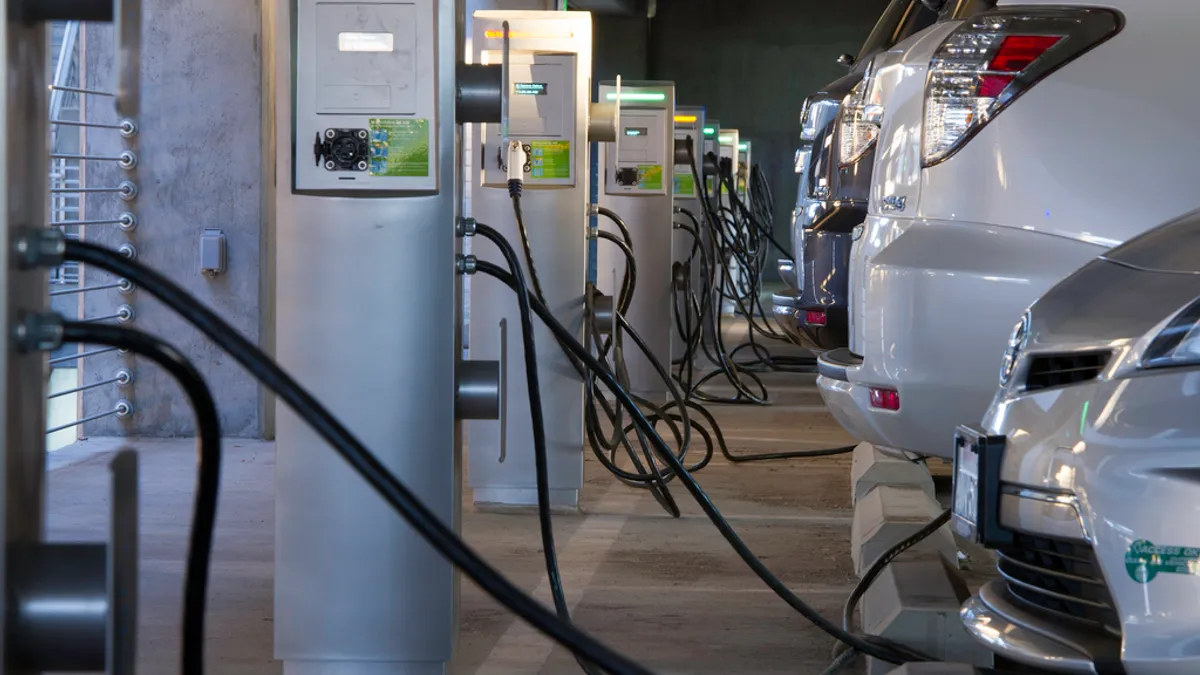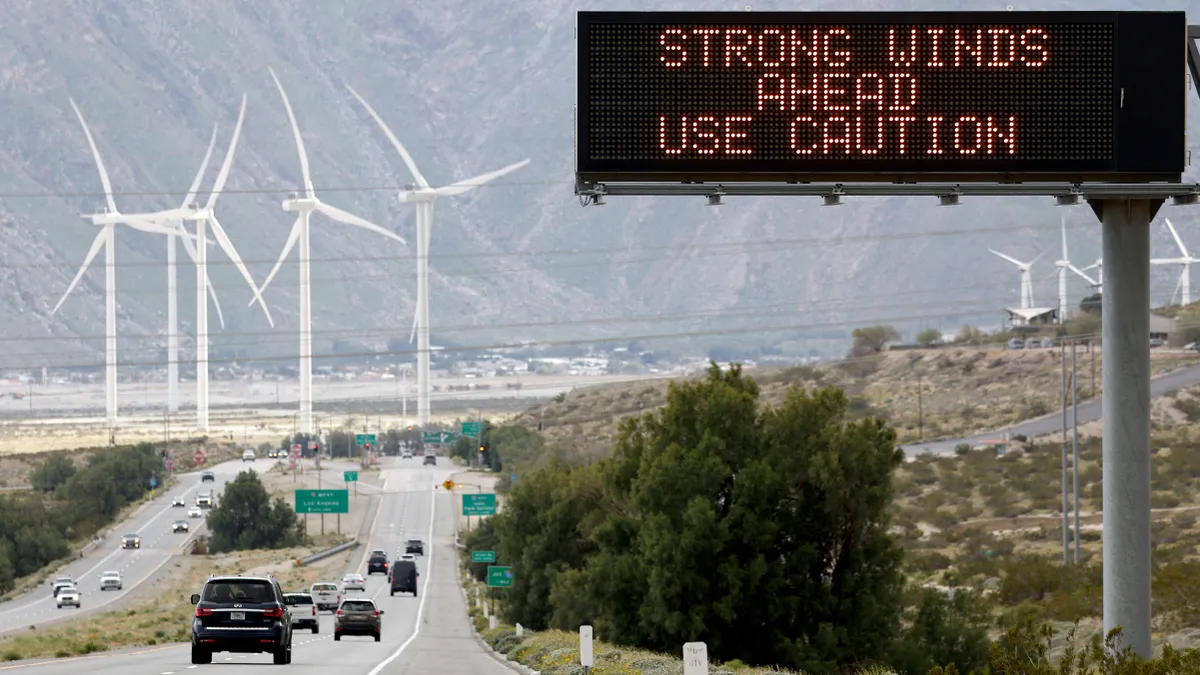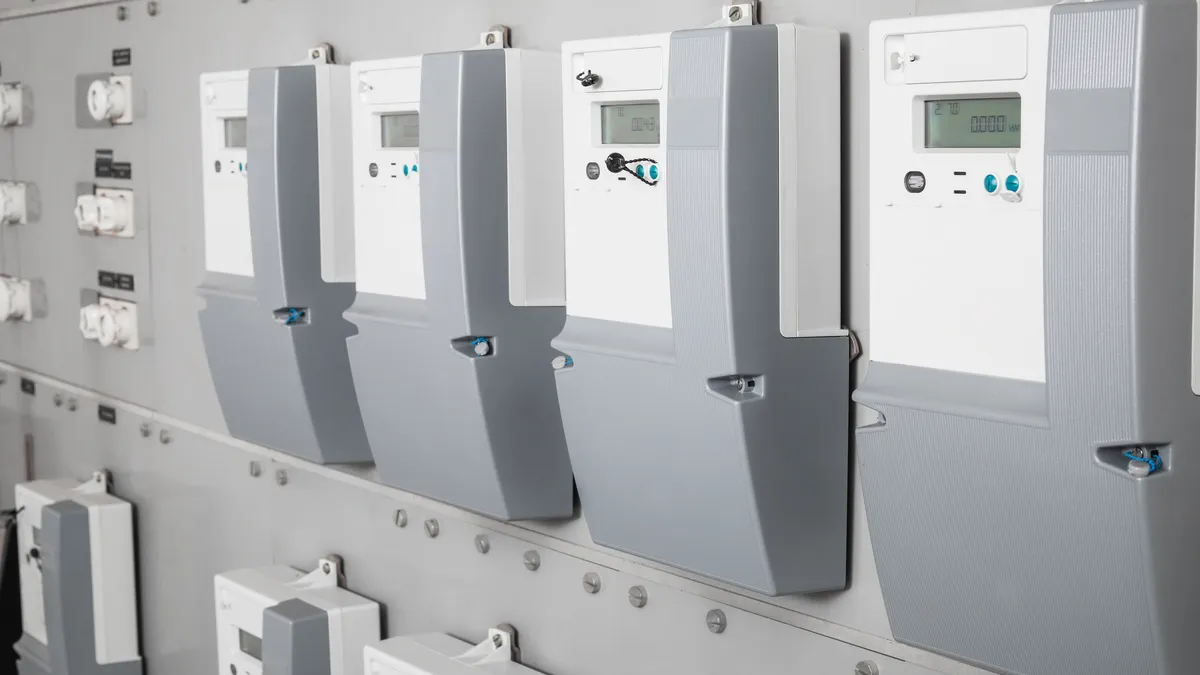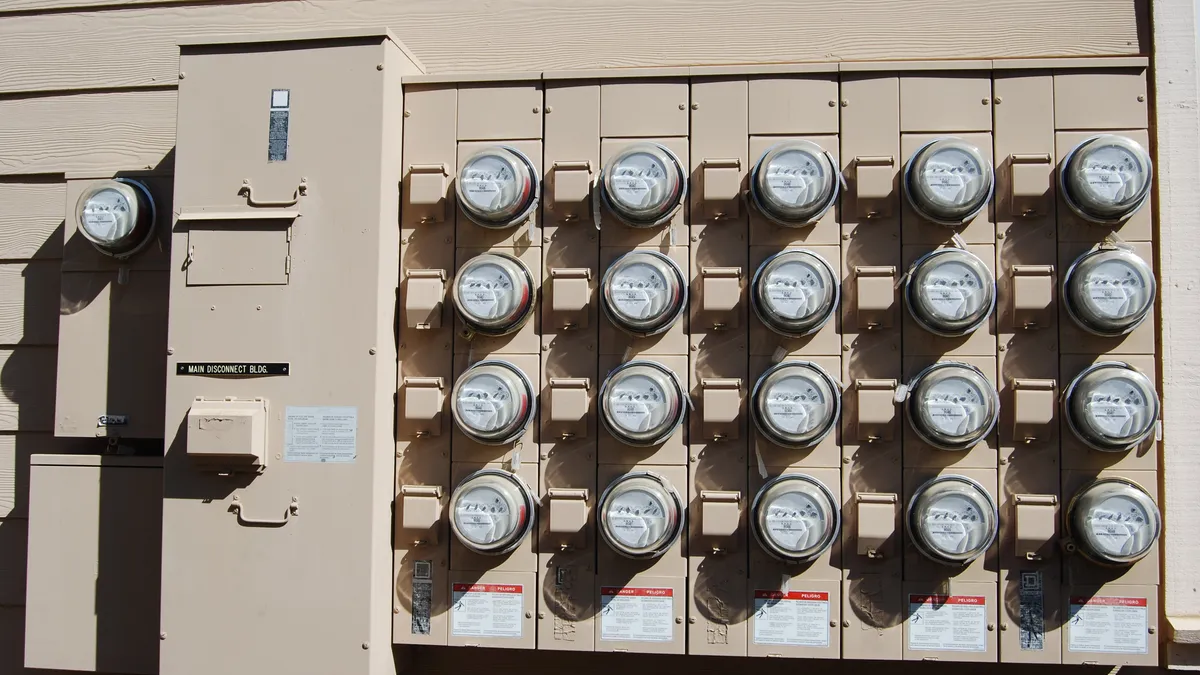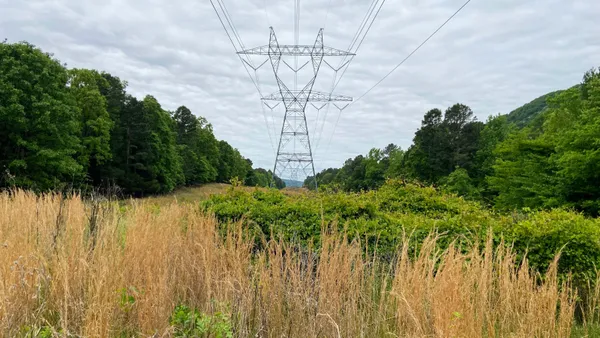Maryland has about 7,000 electric vehicles on the road, a relatively modest number the state would like to expand on.
California is far and away the EV leader with more than 100,000 electric vehicles on the road, Georgia currently ranks second with about 25,000. So Maryland's offering is diminutive compared to those states. Eventually, however, the state hopes to put 60,000 EVs on the road as part of an eight-state agreement that aims for 3.3 million EVs on the roads by 2025. But to get there will require a significant infrastructure rollout.
Maryland has invested significantly in developing statewide charging, including hundreds of public stations according to an action plan passed by the multi-state task force. The state also passed legislation to extend a popular tax credit, expanding it to provide $125/kWh of plug-in vehicle (PEV) capacity.
Ultimately, though public infrastructure is growing, most charging is done at the customer's home. And that means while state programs boost interest in electric vehicles, utilities must be ready to accommodate the additional demand—and find ways to shift it away from peak times.
Rob Stewart, smart grid and technology manager for Pepco, said the near-term risk is the possibility of overloading residential transformers. A pair of Level 2 chargers generate load equivalent to about the size of a home, he said, "so it wouldn't take long for clustering to develop some issues.”
To try and address some of these issues and get ahead of expected demand, Pepco ran an almost-two-year pilot program where it attempted to integrate vehicle charging into its demand response portfolio.
“What we wanted to do is be able to manage the assets more efficiently," said Stewart. And ultimately, the demand response pilot "actually showed very good ability to do just that, move load to off-peak.”
The pilot revealed a number of points Pepco can act on, including a customer willingness to pay for greener power, interest in new rates and an ability to react to demand response events. "Over 90% of customers participating voluntarily changed their behavior," Stewart said. And about 85% of customers opted for the EV-specific rate, indicating a willingness for customers to explore new offerings and potentially more complex programs.
In 2013, Pepco had just finished rolling out advanced metering infrastructure in Maryland. “We figured since we had a little bit of a blank sheet," Stewart said of the pilot. "We wanted to see if we couldn't test a couple of different theories."
What Pepco offered
The utility offered two different rate structures, one with an optional rider. A whole-house time of use (TOU) rate applied to the entire residence, including the EV demand, and another separate rate for just the electric vehicle. That plan, however, required installation of a second meter and allowed Pepco some control.
The whole-home rate "has some upside and some downside," said Stewart. "You know what you're getting, but if you have a lifestyle when you're home using peak energy it can be more expensive."
For the EV-specific rate, peak charging times ran noon to 8 p.m., Monday thru Friday, at a rate of about 23 cents/kWh. Off-peak rates declined to 5 cents. Stewart said the difference in rates was enough to shift demand, and the utility estimated a Volt or Leaf driver could save about $300/year charging off-peak.
According to a review of the pilot, using the average residential electricity price and average EV miles-per-kWh, EV power costs the equivalent of $1/gallon.
Within the EV-only rate, Pepco also offered a "green rider" that allowed customers to pay slightly more, roughly an extra $0.02/kWh, for the energy. Pepco would acquire and retire corresponding renewable energy credits, and in return drivers could claim zero tailpipe emissions.
About 30% of customers in the EV-only rate opted to pay slightly more for the cleaner power. “That's an important data point,” said Stewart. “If customers are willing to sacrifice savings for being green, that's not a point lost on us.”
How customers responded
Pepco signed up 101 customers in the pilot, including 14 on the whole-home rate and 87 on the PEV rate. More than 30 also chose the green adder, and 35 installed smart charging equipment that could respond to demand response events.
A report on the study, conducted by the Electric Power Research Institute, turned up interesting individual-model data: On average, vehicles were charged less than one time a day, consuming 8.36 kWh per day.
"Of the top three vehicle types (Tesla, Volt and LEAF), Volts charged the most often and Teslas charged the least often," the report found. Teslas averaged 11.49 kWh/d consumption, while Leafs and Volts were lower, at 7.34 kWh/day and 6.25 kWh/day, respectively.
The pilot used smart chargers with Itron meters, which worked alongside the utility's AMI for the charge point. However, some technology glitches occurred.
When both meters were properly logging data, the Itron and AMI meters were within 2% of one another (the Itron meter included revenue-grade equipment installed in the smart charger). However, EPRI's report concluded that "due to communication issues, Itron meters did not log many of the charge events (over 70%)."
The missed communications were due to Wi-Fi issues and software glitches.
Despite the metering issues, Stewart said the demand response program worked. "During days when we had a need for curtailment, we would turn them down – not off,” he said, essentially reducing the chargers from Level 2 to Level 1 capabilities for an hour.
Pepco deployed 50 smart chargers; customers could opt out of events, through either a phone app or button on the charger. All of these decisions provided Pepco with additional data on customer preference, Stewart said.
During the pilot, which ran 22 months from 2013 to 2015, the utility called seven demand response events, only to find just three customers charging. Of those, one opted out and the remaining two reduced their charging. The scant customers charging during the events shows how flexibly they can response, said Stewart.
"Since customers were informed of the event, hours prior to the event, it shows how DR response events can influence customer behavior," the report concluded.
Looking ahead
The next step will be for Pepco to present data to the Public Service Commission, to make the EV-only rate a permanent option for customers. While the load it's shifting now is relatively small, Maryland's market is poised for significant growth. The region overlaps into the Washington, D.C.-Northern Virginia corridor, and while public chargers will help grow interest the vehicles will ultimately be plugged in back at home.
“Initially, it's not a lot,” Stewart said of the energy resource. But as EV penetration rises, the utility expects it will be able to harness more. "By moving EV charge off the time-of-use rate, that's 3 Kw per vehicle we're moving until after peak time."
But the second meter required in the pilot is the catch, for now. The pilot revealed some integration issues, and then there is the cost. Pepco is looking for a technology solution that would avoid the need for the second AMI on the EV charger
The utility spent about a half million on the pilot, with the largest chunk going to program management. But the second meter enclosure averaged almost $600 per customer and hardware costs for customers without EV supply equipment already installed were $2,550, which the utility and customer split.
“It's fairly expensive, so we are evaluating a near-term and longer-term solution,” said Stewart. “As soon as we can validate our ability to use that data, we'll go back to the PSC."
EPRI's data showed transformer upgrades would cost about $200,000 through 2025, though it said additional savings could be achieved by tweaking the peak rate times.
Down the road, it's possible Pepco could integrate more of its programs—solar net metering and EV charging, for instance. But for now, Stewart said those accounting systems remain separate. Combining EV rates and solar credits “creates a lot of complicated billing issues we didn't to try and resolve in the pilot."



